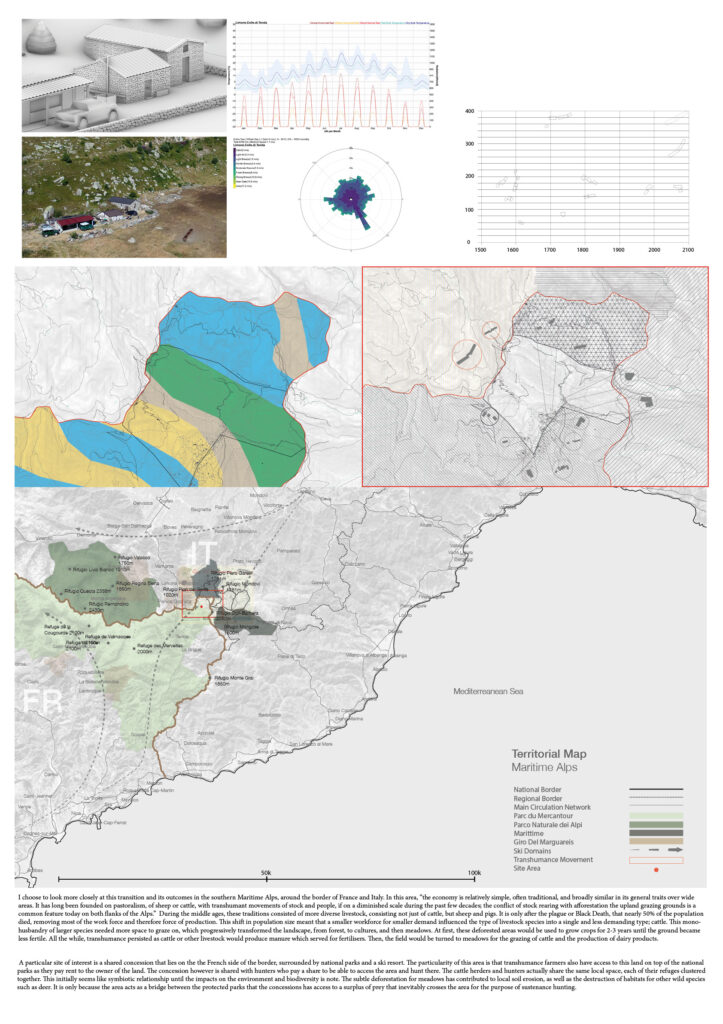
EX 03


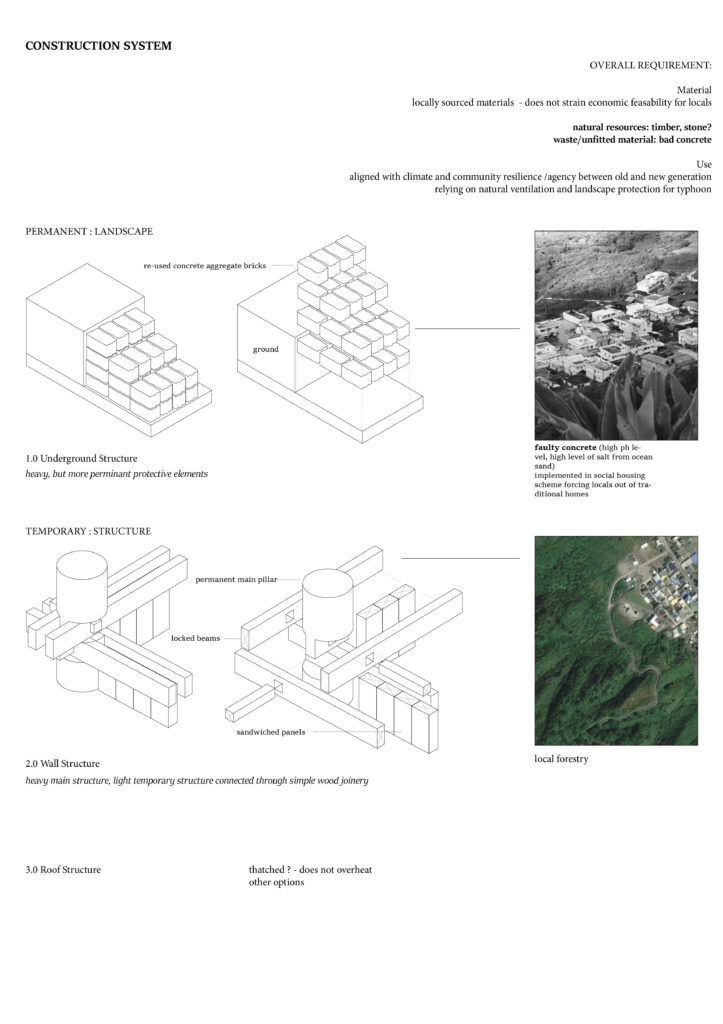
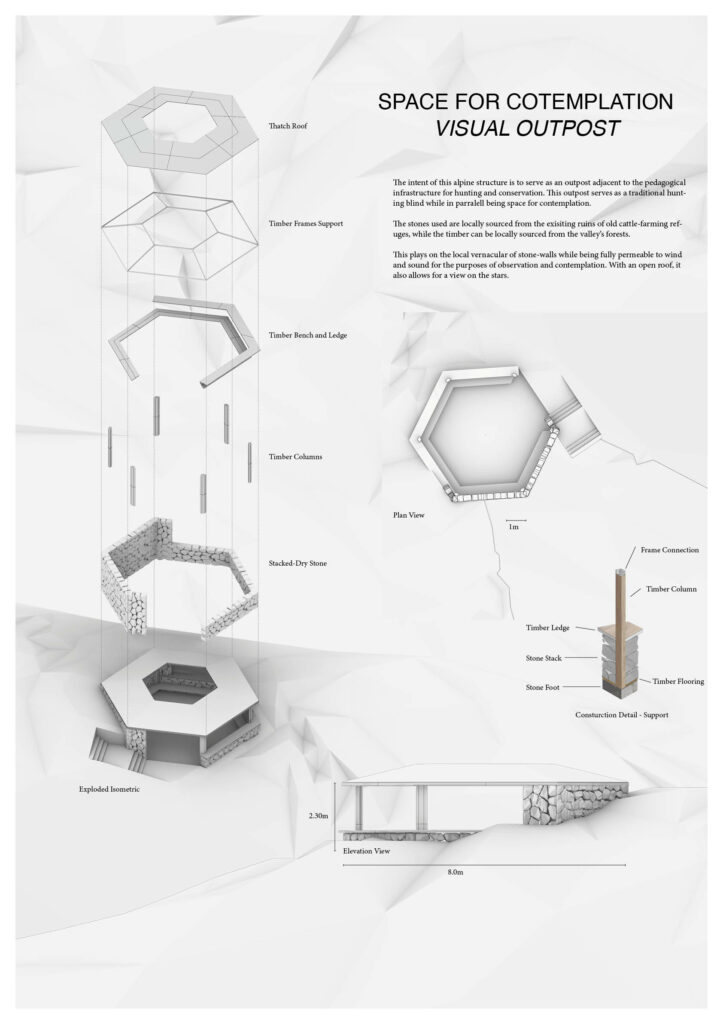
WIP Text and notations to be added.

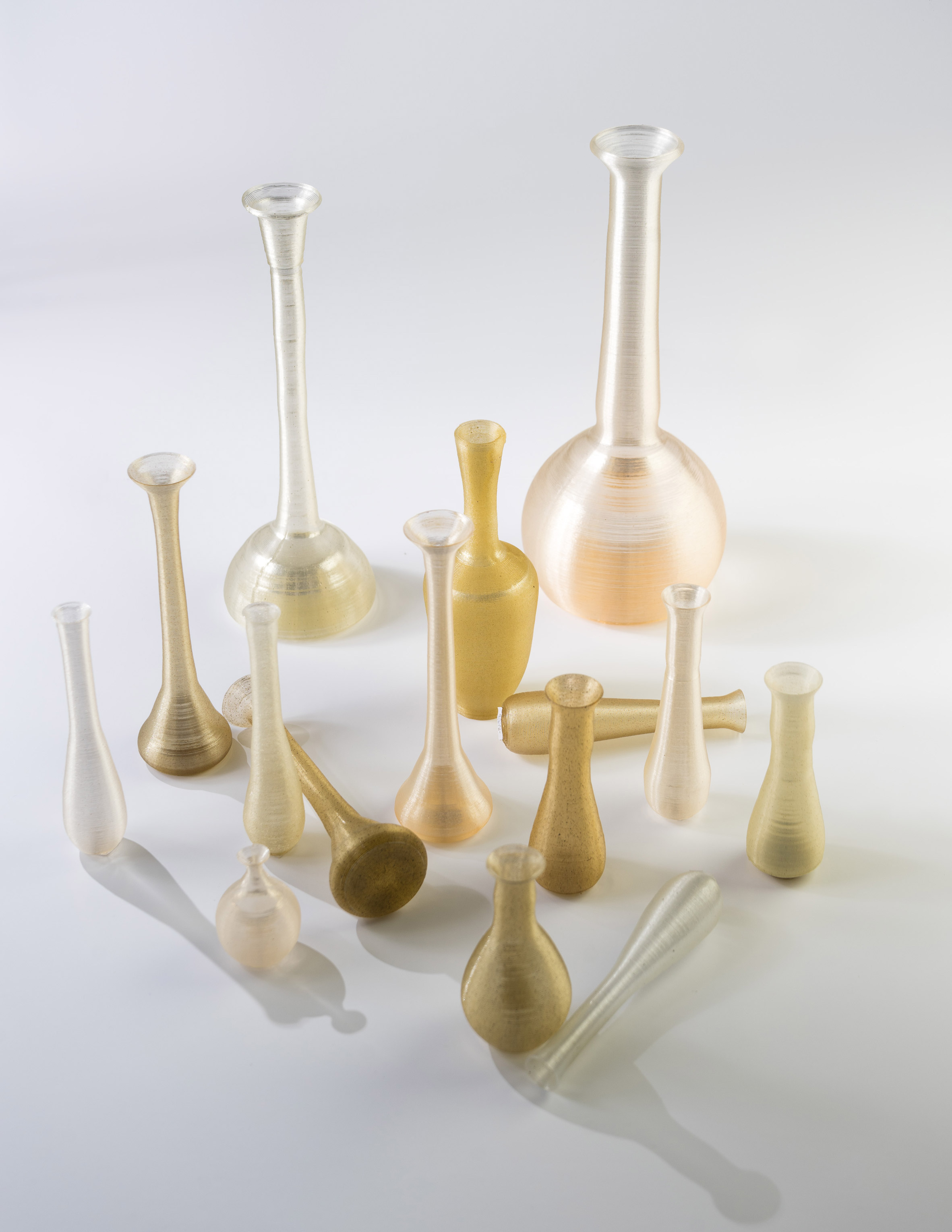
Having been presented with a range of materials and how they can be modified/processed for building and construction uses, it is interesting to think as to how vernacular techniques of using natural materials can be combined with contemporary material processes to harness the best use of various plant and earth materials. A good example of such innovation has been biological 3d printing with algae by Maartje Dros to produce baskets and vessels based on traditional forms. This highlights an innovative use of unorthodox plant materials along with modern industrial technology.
It is also useful to learn of the thermal conductivity and performance of various plant and earth materials and to corelate it with their practical use in real life situations- plant materials are used more as insulation due to their lower thermal conductivity. It is also useful to note that the porosity of a material corelates to its thermal conductivity.
Finally, I am also reminded of the contrast of vernacular/industrial fabrication methods. While vernacular groups are highly skilled in processes such as weaving etc, it would be complex to replicate such a process in a machinic industrial way. Similarly, the accuracy achieved by industrial processes such as 3d printing cannot be achieved as economically and efficiently if using manual labour processes.
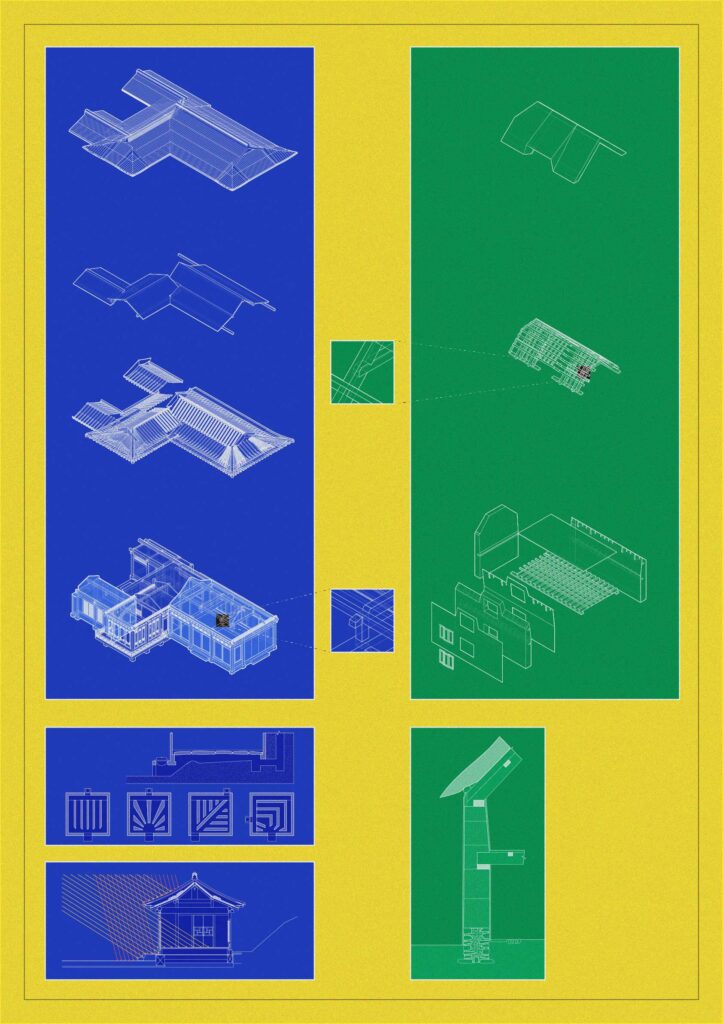
I selected source vernacular as Hanok of Korean and target vernacular as Devon Cob of UK.
I’ll update annotation later

This project proposes a design for community intervention, based on vernacular architecture in Bayan-O’njuul, Töv, Mongolia [46°55’01.6″N 105°53’10.5″E]. The site is located within the dry steppe, cold arid [BSk] which has a very extreme seasonal and daily temperature ranges, with low and irregular precipitation.The specific area of interest within the site region is the Zorgol Khairkhan mountain, which is a sacred mountain next to the Princess Lake.
Within this proposal, there will be a focus on how a community may be built with a shared sensibility in an isolated landscape with very few permanent inhabitants and lack of materials. This project will attempt to suggest a solution by proposing an alternate design system of adapted vernacular building. Tourists and participants of the pilgrimage are involved in the act of building this new 20-people contemplation space by bringing found or local materials as part of their ritual. The space will engage in traditional practices rooted within the landscape, and invites people to move away from permanence and excess and engage in the local form of shared nomadic living.
